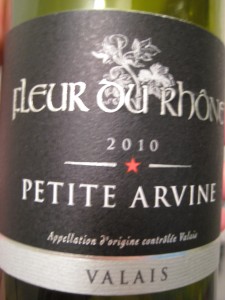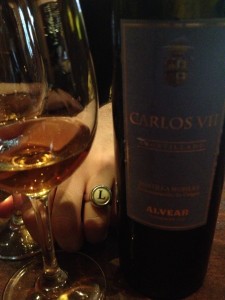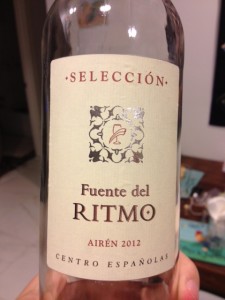
Crab Shack in Chicago
A crab shack in Chicago might seem an unlikely place to find a happy hour special of Greek wine named Moschofilero, pronounced “mow-sko-FEEL-err-oh.â€
As far as places where Greek wine would appear on the menu, Chicago though is about as good a bet in the US as one could make. Chicago has a strong history of Greek immigration dating back to the 1840s and was the US principal destination for Greek migrants until NYC took over that crown after WWII. Even today, Chicago ranks as one of the top Greek cities in the world – opa!
Impressive Greek Madame
If there is one person to thank for that Greek wine appearing on the menu, however, it is Madame Stavroula Kourakou-Dragona (b. 1928). She has dedicated her long life to the categorization, study and veneration of Greek wines, and her bio is ridiculously impressive. PhD in Chemistry, Director of the Wine Institute at the Ministry of Agriculture in Greece, President of many multinational organizations dedicated to the expansion and improvement of vines and grapes, and architect of the Appellation of Origin system that first begin in Greece in the 1970s and now includes a structured system of PDO, PGI and IDO wine classifications.
Living a Full Life
Most impressive of all is her outlook and dedication, which I quote from an interview when she was in her late 80s: “I simply feel like a person who deserves to live, who hasn’t led a wasted life… I was fortunate and happy to see the birth in this country, from scratch, of an entire field of research, application, science, industry, commerce and international relations. If I could be born again, I would wish to live the same life all over again – even its difficult times. This full life, which was dedicated to the service of the wine sector.â€
Taste
- To quote the impressive Madame Stavroula Kourakou-Dragona, this is a wine “to break the boredom of the monotony of aromas and flavors from the immoderate prevalence of some, few globalized cultivars.â€
- Very light color – almost translucent but then light yellow and light green come through
- Floral and lemony with a Torrontes-like nose
- Softer sauvignon blanc taste with more citrus taste of lemon, lime and orange with quite a long zesty finish
Detail up!
2018 Moschofilero by Skouras – made with 100% Moschofilero grapes into a 12% ABV white wine from Arcadia Protected Geographical Indication (PGI) in Peloponnese, Greece
Random Googles:
- Opa! and its accompanying flaming sagnaki dish ubiquitous in Chicago’s Greektown restaurants was invented in Chicago in the 1960s and has expanded from there
- Stavroula Kourakou-Dragona was the first woman in Europe to hold a oenologist degree in Europe and prefers the title “Lady of the Vines,†inspired by a poem (or collection of poems) written by fascinating Greek poet Yannis Ritsos
- Greeks in Melbourne, Australia tell me that Melbourne has the most Greeks of any city in the world outside of Athens. That seems almost accurate from a review of the diaspora information – perhaps after Thessaloniki too.



